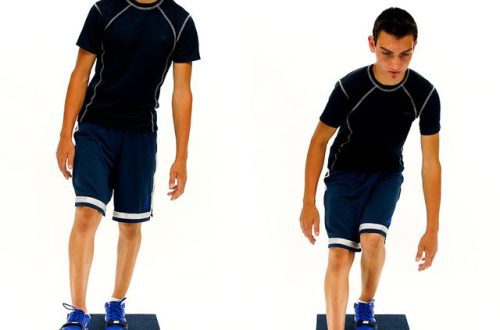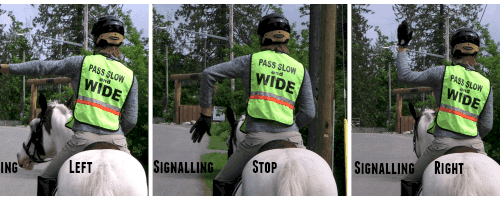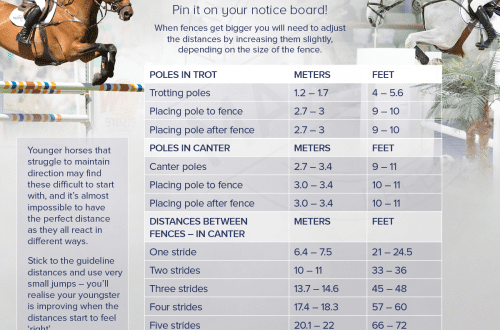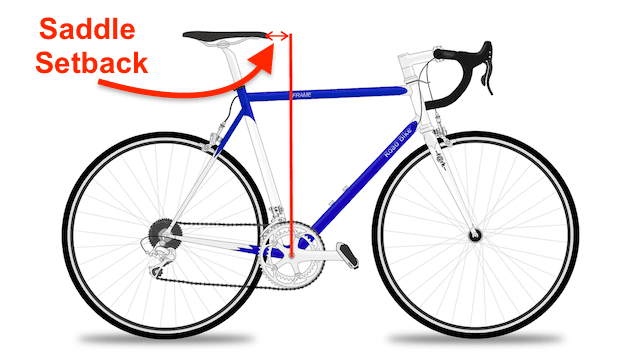
Saddle imbalance: how to find the cause and fix the problem
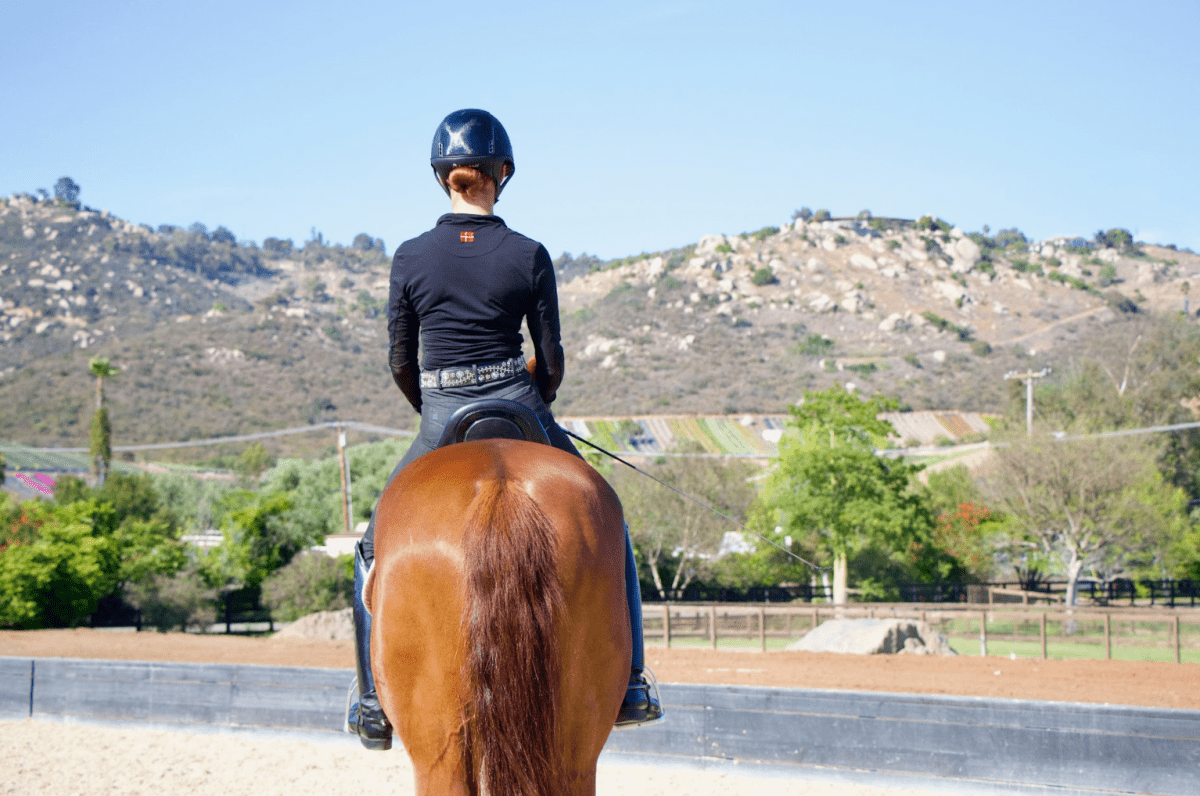
Photo from noellefloyd.com
Not all riders notice asymmetry in one’s own body and sometimes even unconsciously strengthen it. The habit of carrying a bag on only one shoulder or choosing a backpack with too long straps may seem like minor details of everyday life, but even they lead to imbalance in the body, which, in turn, affects your position in the saddle.
But how do you know if there is an imbalance in your body? What should be paid attention to and how to correct the situation?
Sally Spicard, an American athlete, member of the 2013 national eventing team and equestrian journalist, spoke about how to deal with imbalance.
First, the athlete needs to learn to feel his own body. Take a few minutes to “scan” your torso and capture all the sensations, whether it be lower back pain, tension in your arms, or a slight tightness in your shoulders. Then try to remember which of your daily activities may be causing the imbalance.
Here are a few examples:
- Carrying heavy loads (bag, backpack, child, saddle, etc.) on one side of the body;
- Stoop while working at a computer;
- Uncomfortable posture while driving.
It may seem unusual to you, but each of these actions leads to imbalance and affects your riding.
«During every training session, my horse always bogged down to the left. We paid a lot of attention to work on straightness, did various exercises, but all efforts were in vain – the problem continued to manifest itself in every lesson.
In adolescence, I was diagnosed with scoliosis – the spine was strongly curved to the left. However, I did not even think that the problem in training could be related to my own diagnosis. It took me a consistent program of physiotherapy to correct the imbalance of the body and understand how strong the relationship between the wrong position of the rider in the saddle and the reaction of the horse“Sally says.
But how do you determine if you have an imbalance or not? Where should you start your analysis?
Focus on the position of your body. Try closing your eyes for a few paces and try to feel your horse’s every movement and how your body reacts to it. Have you noticed any discomfort? Maybe one half of the body seems heavier? Perhaps you feel discomfort in your neck or lower back?
Remember the causes of discomfort. Do you have back pain from lifting heavy objects? How might this affect your landing? The horse often resists or does the exercise incorrectly due to incorrect commands from the rider. Maybe your body problems are the reason for unsuccessful workouts?
In order to improve your position in the saddle, you need to remember four key skills that balance training will help develop:
Awareness: This is the feeling of how your body is in space. Balance training will help improve your body awareness, which will allow you to give your horse commands faster and more accurately.
Coordination: during training, you need to ensure that your movements are coordinated.
Stability: Balance training helps to stabilize the position of the knees, ankles, hips, arms and shoulders.
Speed reaction: During the exercise, your reaction speed will improve, which will positively affect your skills.
Britta Pedersen, Sally’s physiotherapist, has developed three exercises that every rider can add to their training program:
1. Exercise to align the fit and straighten the shoulders;
2: An exercise to correct an imbalanced posture and develop hip mobility;
3: An exercise to strengthen the gluteal muscles and find the correct center of gravity in the saddle.
After consistently analyzing the causes of discomfort and their impact on your position in the saddle, begin to correct them with exercises. And remember, if you have any doubts, you should contact a qualified physiologist who will help you find the right individual program.



